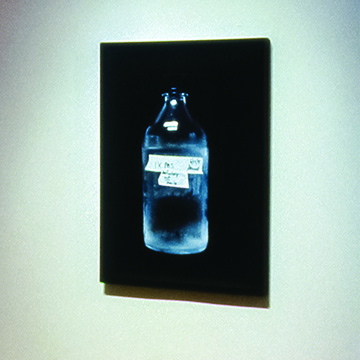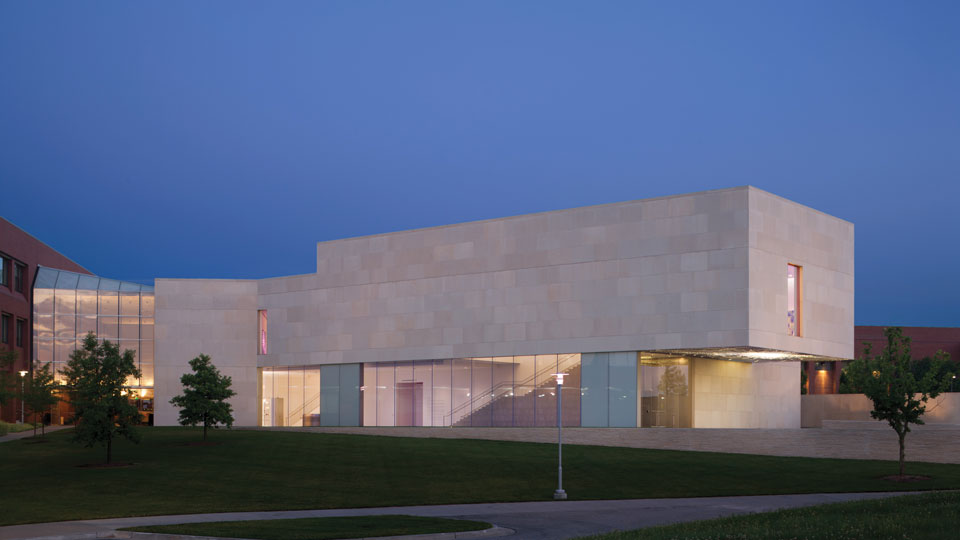Catherine Wagner
With scientific discoveries making news every day, it is impossible to claim that the ramifications of laboratory work do not affect the social and cultural climates of the nation. Yet, despite the dramatic discoveries within science that affect every individual today, the atmosphere of the laboratory is a totally foreign experience to most people. Artist Catherine Wagner probes the similarities between art and science, as well as exposes many of the elements of the laboratory landscape, in an exhibition of her recent work.
Governed by the thesis that “what is common to art and science is the creative process,” Wagner strives to demystify the elemental tools of the scientific field by exposing them to audiences not accustomed to laboratory study. By creating visual images that appeal to nonscience viewers, Wagner hopes to catalyze a discussion where people can question science and its relation to the world at large.
Wagner set her camera on the scientific field not to document particular experiments and discoveries, as many artists before her have done, but rather to expose contemporary society’s interests and goals. “I believe some of the conceptual and philosophical questions I am asking are parallel with those being asked by scholars from several fields,” Wagner writes in her artist’s statement. “We are attempting to climb the same mountain, however choosing different paths.”
Struggling to emphasize an objectivity in her work, Wagner recognizes that the photographer is always subjective in choosing what will be, and just as importantly, what will not be, in the photograph. “My own position is that I don’t want to tell anyone what to feel,” Wagner said in an interview with Heather Cox for Connecting Conversations in 1986. “I am asking people to reinvent their own set of questions and their own set of answers in what appears to be a neutral but universal environment.”
Like the laboratory, another seemingly “neutral but universal” environment which Wagner has investigated is the educational setting. Works from her American Classroom series will also be presented in the exhibition. With her photographs of classrooms (traditional public school system rooms as well as non-traditional spaced for learning, such as dog grooming school) emptied of people, Wagner hopes to present the classroom beyond its utilitarian aspects. “Since the classroom hasn’t been given very much visual consideration, people are seeing it for the first time,” she explained. “They are re-seeing that which has become invisible. And that to me is very important.”
Many of the works included in the exhibition were drawn from Art and Science: Investigating Matter, an exhibit organized by Washington University, St. Louis. The exhibit opens at the International Center of Photography, New York, in March 1997.
Catherine Wagner was born in 1953 in San Francisco, California. She received a BA in 1975 and an MA in 1977 from San Francisco State University. A recipient of many major awards and fellowships, her work has been shown extensively. She is currently a professor of art at Mills College in Oakland, California.
The accompanying gallery guide includes the essay “Definitely Not Sterile” by Robert W. Duffy, cultural news editor, St. Louis Post-Dispatch.
For her generous cooperation with this exhibition, we are deeply grateful to Catherine Wagner. We also extend our sincerest thanks to Art Miller, guest co-curator of the exhibit; Joseph D. Ketner and the staff of Washington University Gallery of Art; and Frish Brandt and Jeffrey Fraenkel of the Fraenkel Gallery.





